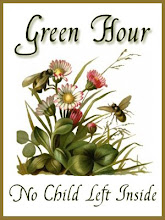"On the night of August 11 and well into the next day, Earth will make its annual passage through the bulk of the debris shed by a comet known as Swift-Tuttle. Much of the debris is composed of dust-sized grains, but when these fragments come plunging into our atmosphere they can create a dazzling meteor display. Not only are the meteors fascinating to watch, they also leave short-lived streams of ionized gas in their wake. As hams have known for years, these meteor trails are excellent reflectors of radio waves.
The Swift-Tuttle meteor showers are known as the Perseids because they appear to come from a point in the sky that lies within the constellation Perseus. This year's shower is forecast to be especially active because we're about to pass through a somewhat thicker filament of dust that boiled off Swift-Tuttle in 1862."
Today, Homeschool Freebie of the Day has some resources available for download to explain how, when, where to view the shower.
Go check them out and have fun meteor watching!
















No comments:
Post a Comment